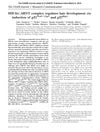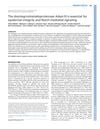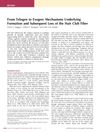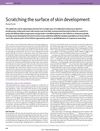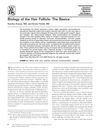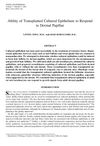Deletion of Hypoxia-Inducible Factor Prolyl 4-Hydroxylase 2 in FoxD1-Lineage Mesenchymal Cells Leads to Congenital Truncal Alopecia
March 2021
in “
bioRxiv (Cold Spring Harbor Laboratory)
”
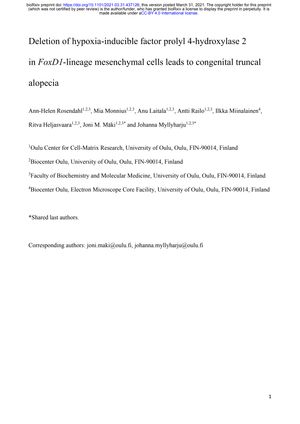
TLDR Removing a specific gene in certain skin cells causes hair loss on the body by disrupting normal hair development.
The study demonstrated that the deletion of the Hif-p4h-2 gene in FoxD1-lineage mesenchymal cells, which are primarily located in the dermis of truncal skin and include cells of the dermal papilla in hair follicles (HF), disrupts normal HF development in mice. This genetic alteration led to the first catagen phase of HF development being disturbed, resulting in the formation of large cysts lined with epithelium and filled with disorganized keratins, ultimately causing truncal alopecia. The absence of Hif-p4h-2 resulted in the stabilization of hypoxia-inducible factors (HIFs) and the dysregulation of genes involved in keratin production, HF differentiation, and the signaling pathways of HIF, TGFβ, and Notch. The study suggests that the proper functioning of HIF-P4H-2 in FoxD1-lineage cells is crucial for the normal development and maintenance of hair follicles, with its disruption likely affecting the interplay between HIF, TGFβ, and Notch pathways that is essential for controlled HF cycling.

